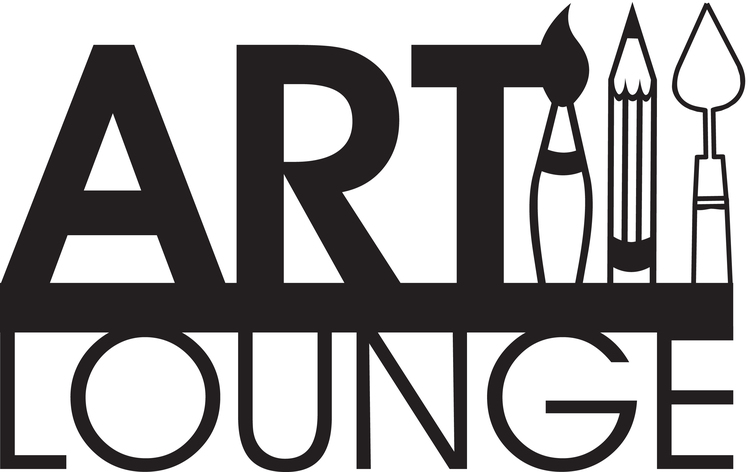If you've been dabbling with oil paints, it's time to uplift your artistry. Oil painting offers a myriad of techniques to enhance your creations and bring them to life. But before understanding these techniques, let's explore the three fundamental rules of oil painting:
1. 'Fat over Lean': Each layer of paint should be more flexible than the one beneath it, preventing cracking as you work.
Image Courtesy- Sphie Ploeg
2. 'Thick over Thin': Progressively add thicker layers of paint to ensure depth and richness in your artwork.
Thick over thin paint layers
3. 'Slow-Drying over Fast-Drying': Allow each layer to dry slowly to maintain the integrity of your painting.
Now, let's understand the essential oil painting techniques:
Calling of St. Matthew (detail)
Caravaggio
1599–1600,
Oil on canvas,
San Luigi dei Francesi, Rome
Technique 1. Chiaroscuro: Create dramatic contrasts between light and dark, adding depth and dimension to your compositions. Creates drama and a 3D illusion in the painting. This technique was used by Renaissance artists like Rembrandt and Caravaggio.
Snow Storm: Steam-Boat off a Harbour’s Mouth (detail)
Joseph Mallord William Turner,
1842,
Tate, London, Great Britain
Alla Prima Technique
Technique 3. Alla Prima: Paint in layers without letting the base layer fully dry, this is also known as ‘wet-on-wet’. Ideal for capturing fleeting moments and was favoured by artists like Van Gogh and Monet for completing paintings in a single sitting.
The Milkmaid (detail)
Johannes Vermeer
c. 1658–1661
Oil on canvas, 45.5 x 41 cm.
Rijksmuseum, Amsterdam
Underpainting technique
Technique 5. Underpainting: Sketch your subject thinly to establish composition and form before adding layers of color thereby blocking out background for later detailing. It was used by artists like Jan Van Eyck and Giotto.
Impasto technique
Technique 6. Impasto: Apply thick strokes of paint with deliberate texture, adding tactile richness to your paintings. Colours are mixed directly on the canvas. This technique is prominent in works by artists like Vincent Van Gogh.
Grisaille underpainting technique in A Girl with a Pearl Earring
Johannes Vermeer
c. 1665
Oil on canvas,
Mauritshuis, The Hague, Netherlands
Technique 7. Grisaille: The technique refers to the art of painting in monochrome, using black, white and grey to show light, dark and shading. It was used regularly during the renaissance period.
Experiment with these techniques to enhance your skills and create beautiful masterpieces. And when you're ready to explore high-quality art supplies to fuel your creativity, visit Art Lounge store for a curated selection of Oil paints, brushes, and mediums. Share your masterpieces with us on our instagram page and inspire others to better their own artistic journey. Happy painting!










